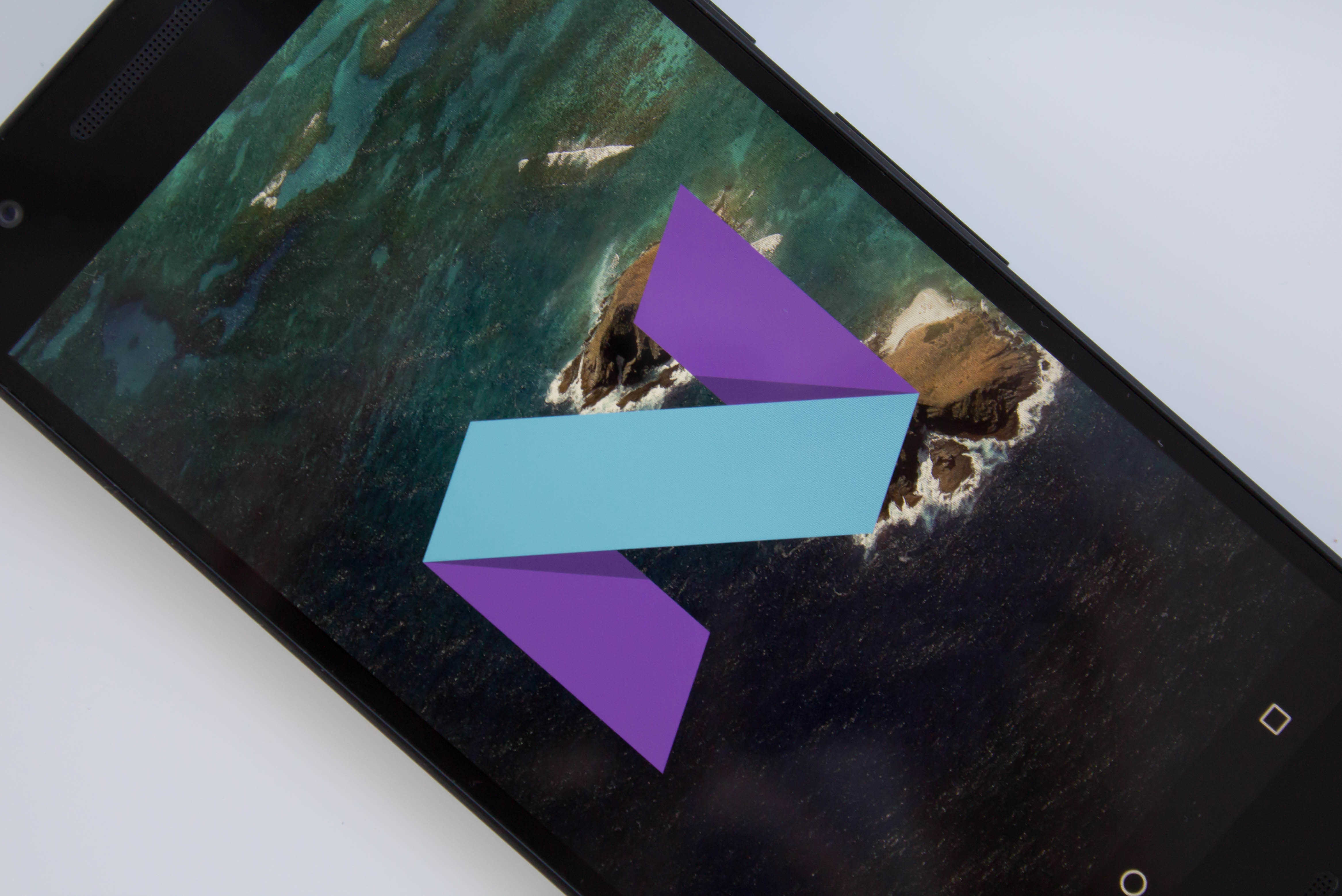Apple’s next-generation iPhone and iOS 10 will have to fend off tough competition from Google’s biggest Android update in years when they arrive this fall.
Android N is coming with huge improvements and big features fans, and fans couldn’t be more excited. Some of those features are so good, Apple just has to steal them. Here are five we’d love to see in future versions of iOS.
Split-screen multitasking for iPhone
Apple already offers split-screen multitasking in iOS, but it’s reserved for the iPad. Google allows users to take advantage of this feature on smartphones with Android N, and it’s just as useful on larger smartphone displays.
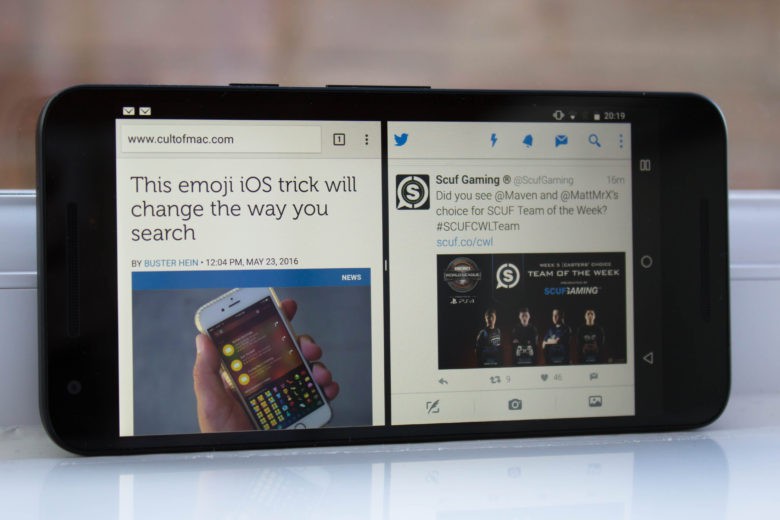
Photo: Killian Bell/Cult of Mac
How many times have you been watching a video on your iPhone and you get a text you need to reply to right away? Or how about you stumble across an interesting article on the web, and you want to take some notes that will come in handy later.
You have to switch apps to do both of these things, which takes you away from what you were doing. With split-screen multitasking, you can do both at the same time, because two apps can share the display.
This might not be so useful on the smaller iPhone, but it should be a feature on the Plus. Its larger 5.5-inch display would be perfect for it.
Display scaling
Apple actually does a terrific job with its default display scaling in iOS. For the average user, text, icons, buttons, and other interface elements aren’t too big, and they aren’t too small, either. But not everyone is an average user.
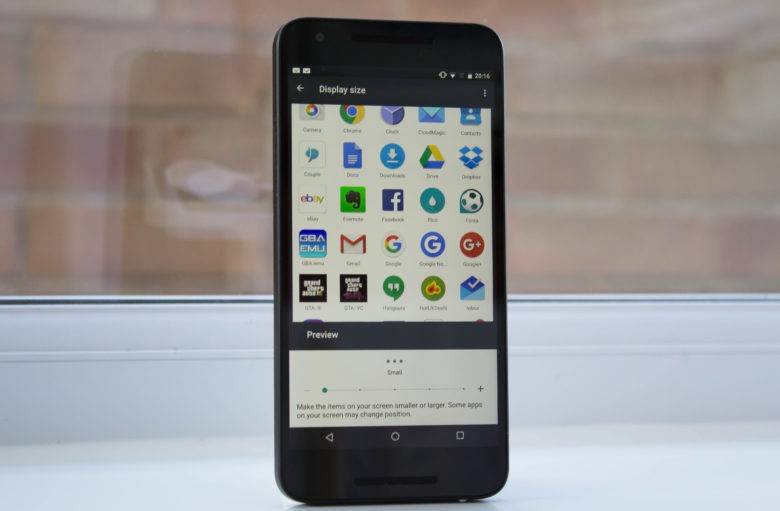
Photo: Killian Bell/Cult of Mac
Some would prefer to make those things smaller to fit more onto the display, while others would sacrifice the real estate to make everything a little larger and easier to see. Apple does give us two different displays sizes on the latest iPhones, but it’s not enough.
In Android N, Google is giving users the ability to choose from five by default, so you can select which one is most comfortable for you without third-party hacks. Apple needs to do the same for iPhone and iPad.
Seamless updates
iOS updates are exciting, but installing them is a bore. You have to download the update file, wait for your device to prepare it, then restart — and that first boot up takes forever. But with Android N, seamless updates takes almost all of that away.
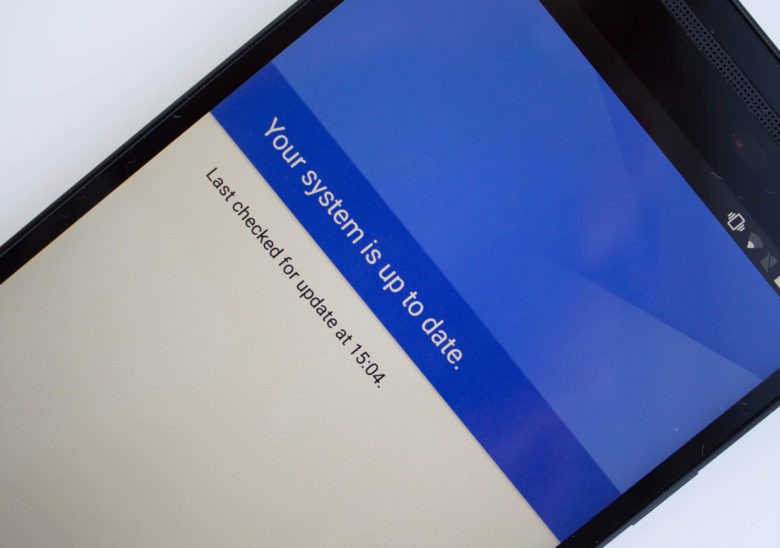
Photo: Killian Bell/Cult of Mac
By using a second storage partition, Google’s latest software is able to download and prepare updates in the background while you continue to use your device as normal. It then installs the update when you next restart, without that lengthy boot up process.
Google borrowed seamless updates from Chrome OS, and it’s probably the biggest and best change coming to Android N.
Instant apps
Although seamless updates might be the best Android N feature, instant apps is a close second. It negates the need to install Android apps before you use them, and it’s a game-changer.
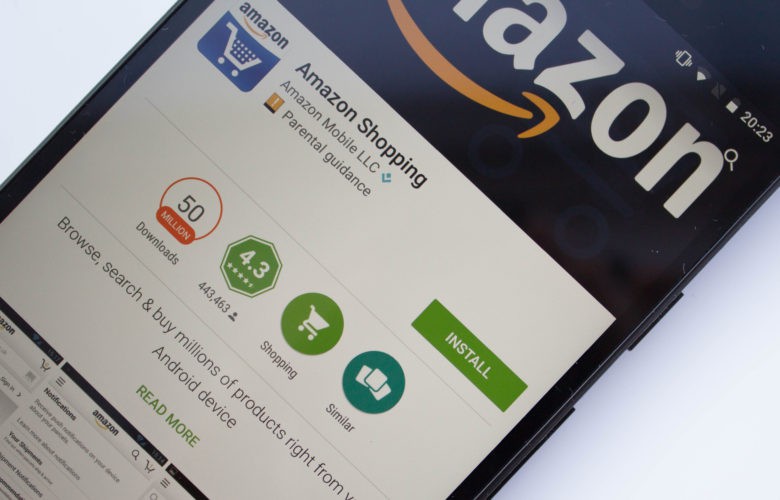
Photo: Killian Bell/Cult of Mac
Here’s how it works: Let’s say you’re browsing Facebook or Twitter, and you stumble across a link to a sweet deal from B&H on a camera you’ve had your eye on. With instant apps, you can open that deal in the B&H app even if you don’t have it installed.
You can then find out more about the camera, look at the images, and even make a purchase.
This is possible because Android only downloads the modules of the app you need right there and then, so it’s almost as speedy as just loading up the B&H website. Then if you decide you want to keep the app, you can tap the install button and the rest of it will be downloaded.
Not all Android apps will support instant apps initially — they’ll need to be adapted for it, and Google isn’t giving all developers the opportunity to do that just yet — but this is a great start.
Support for Unicode 9.0
Believe it or not, Android N has even more emoji than iOS. Google’s platform used to be lagging way behind, but its next update will add support for the Unicode 9.0 standard, whereas iOS 9 only offer support up to Unicode 7.0.
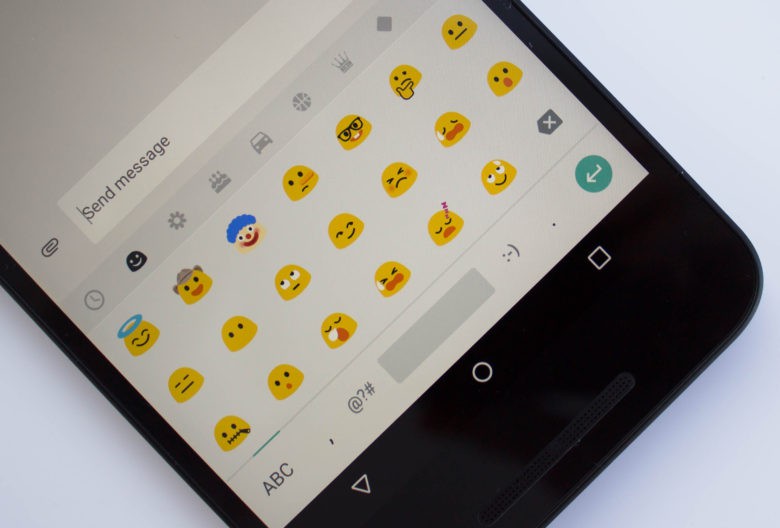
Photo: Killian Bell/Cult of Mac
However, out of all the features on this list, this is probably the one Apple will adopt — and you can be sure it will happen sooner rather than later given how popular emoji characters are. Unfortunately, we’re not too hopeful it will pick up any of the others we’ve mentioned here.
